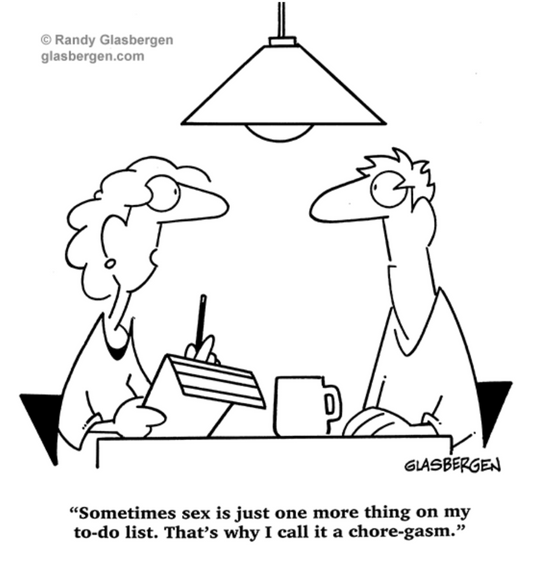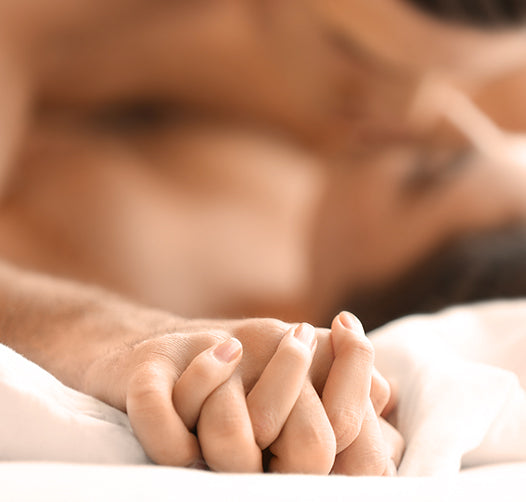Many women say they rarely experience desire for sex. Yet, when they do engage in sexual activity, they report that they enjoy it.
Is desire necessary before sex? Or, can it come later?
Many people still believe the old linear view of sexual response, as described by Masters and Johnson in the 1970's: (1) excitement, (2) plateau, (3) orgasm, and (4) resolution.
This research pretty much described women’s sexuality as "Men’s Sexuality Lite"—basically the same but not quite as good. For years many women felt flawed or abnormal if they did not experience desire as a prelude to sex.
There is some exciting new information available on the nature of sexual desire. In her book "Come as You Are" Emily Nagoski, PhD, sex educator and researcher, describes three types of desire:
SPONTANEOUS SEXUAL DESIRE
Spontaneous sexual desire is exactly what it sounds like. It shows up instantly, with or without stimulation
75% of men experience spontaneous desire, as well as 15% of women.
This means 25% of men and 85% of women (that's most women), do not experience spontaneous desire for sex. What a relief! Now men can understand why women don't typically initiate sex. Women--there is nothing wrong with you if you don't ever think about it!
This Spontaneous sexual desire as the first step for sex supports the old linear view of sexuality. It was based on the typical MALE response.
So how do 85% of women experience sexual pleasure or “excitement” if they do not experience spontaneous desire?
There are two other types of desire that women may fall into:
RESPONSIVE SEXUAL DESIRE
Responsive sexual desire is when desire shows up in response to stimulation, meaning something sexy happens and the body responds.
5% of men and 30% of women experience responsive desire.
Many people say that even though they did not feel desire in the beginning, if they had sex "anyway" it usually ended up being great. "We should do this more often" they would think.
This is classic responsive desire.
But still, there is a large percentage of women and a smaller percentage of men who do not fall into the responsive desire category, either.
What about them?
They might fall into a third category:
CONTEXTUAL SEXUAL DESIRE
Contextual sexual desire is when the circumstances and environment affect the ability to feel sexual desire.
Think about what it’s like to drum up desire when your kids are in the next room, or, you feel stressed out about money, or you just ate a huge dinner and you feel bloated. Or, there are cobwebs on the ceiling. Distractions!! Who could have sex with all this going on!!??

Dr. Nagoski notes most people fall within a blend of responsive and contextual desire, but for some, desire can feel spontaneous. They simply may not be aware of the other factors at play. For many individuals, context matters.
This research helps both partners understand how both ways of responding are healthy and normal. It shifts the man's focus from "I am not desirable, because she never initiates" to: Oh, she just responds differently. I am OK after all, and so is she! Now I know what she needs!! It also helps the woman feel like she is not alone in her "never thinking about it." It is all normal. Just different.
So, next time you think you don't feel like it--get started. You may have responsive or contextual sexual desire--know what you need and that you are normal. Communicate with your partner and, go ahead-- enjoy the experience!




